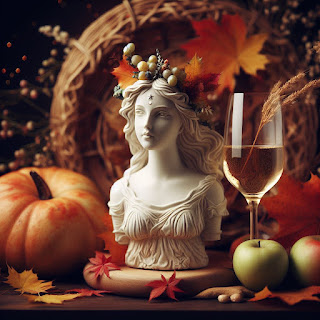Rosé Wine: A Bouquet of Names! Unraveling the Delightful Diversity
🍷Ah, rosé wine, the fancy cousin of red and white wines. It's like the sophisticated diva of the wine world, strutting its pink hues and captivating our taste buds. And let's not forget about its fabulous names! From "Blushing Beauty" to "Pink Perfection," these names are as delightful as a summer breeze.
When it comes to varieties, rosé wine has got quite the lineup. We've got Grenache-based Rosé, which bring a touch of fruity goodness to your glass. Then there's Syrah-based Rosé with their bold flavors that make you go "wow." And let's not forget about those lovely Pinot Noir-based Rosé that dance on your tongue with elegance.
But wait! There's more! Rosé is also known as blush wine because it effortlessly blends red and white grapes together in perfect harmony. It's like a marriage made in grape heaven – combining the best of both worlds into one rosy delight.
However, rosé wine is not simply about blending white and red wines; it also utilizes maceration, a common method of using red grapes to make Rosé. Once the red wine grapes have reached their prime ripeness, they are carefully harvested by hand or machine. After the harvest, they are taken to the winery where they undergo a process called crushing. This involves applying pressure to the grapes in order to extract their juices, which will eventually be used in winemaking. After the red grapes are crushed, they undergo a process called maceration. During maceration, the grape skins are soaked in the juice for a specific time to impart their flavor and influence on the final product. The duration of this soak can vary from a few hours to 48 hours, depending on the style of rosé being produced.
So next time you're at a party or just want to indulge in some pink perfection, remember that rosé wine is here to make every moment extra fabulous. Cheers to the pinks and blushes that add sparkle to our lives! 🍷🥂✨💫⚡
 |
| Courtesy of Wine Folly |



Comments
Post a Comment